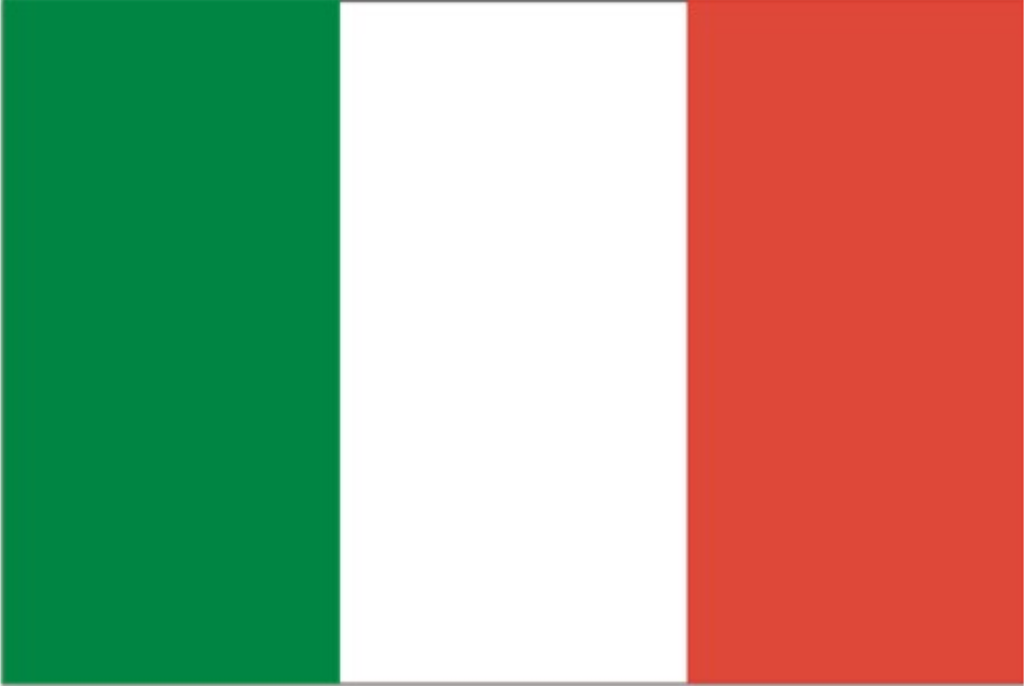Best Practices for Managing High CPC Campaigns
When it comes to digital advertising, especially on platforms like Google Ads or LinkedIn, Cost-Per-Click (CPC) can skyrocket in highly competitive industries—think legal services, software-as-a-service (SaaS), or financial products. While it may be tempting to avoid bidding on expensive keywords altogether, high CPC campaigns can deliver excellent returns if managed with strategic precision. One of the first steps is conducting extensive keyword research to locate the most profitable terms. It’s not just about raw search volume; advertisers must also examine the user intent behind each keyword. By identifying and bidding on phrases that signal strong intent to purchase or take a specific action, companies can offset high CPC costs with higher-quality traffic more likely to convert.
Ad copy plays a pivotal role in controlling CPC because platforms like Google reward relevant, high-performing ads with better Quality Scores, which can lower the actual cost per click. Writing headlines that align tightly with target keywords, using emotionally resonant language, and including clear calls to action can improve click-through rates. A strong click-through rate, in turn, indicates user relevance. This can help maintain a high Quality Score, which Google and other ad networks factor in when determining how much advertisers pay.
Another vital aspect of high CPC campaigns is optimizing landing pages. Once a user clicks on an expensive ad, the landing page needs to deliver immediate clarity and value. Slow loading speeds, cluttered layouts, or mismatched content can lead visitors to abandon the page, wasting precious ad spend. By aligning the ad’s promise with landing page elements—such as headlines, images, and form fields—advertisers can keep bounce rates in check and encourage conversions. A/B testing can be instrumental here: changing page design, tweaking copy, or adjusting form lengths may produce measurable improvements in conversion rates that justify higher CPC bids.
Budget allocation and bid adjustments also help manage high CPC campaigns effectively. Seasonality, time of day, and day of the week can drastically impact conversion potential. If data shows stronger performance on weekdays or during particular hours, advertisers can allocate more budget during those intervals, thereby maximizing returns. Furthermore, advanced strategies like remarketing lists for search ads (RLSA) allow marketers to bid higher for users who have already visited their site, potentially leading to more conversions from a known audience.
In short, while high CPC campaigns require substantial investment, they can be extremely rewarding if executed meticulously. Focusing on keyword intent, crafting compelling ad creatives, optimizing landing pages, and making informed bidding decisions are essential steps to ensure that each costly click is as likely as possible to lead to a profitable conversion.


